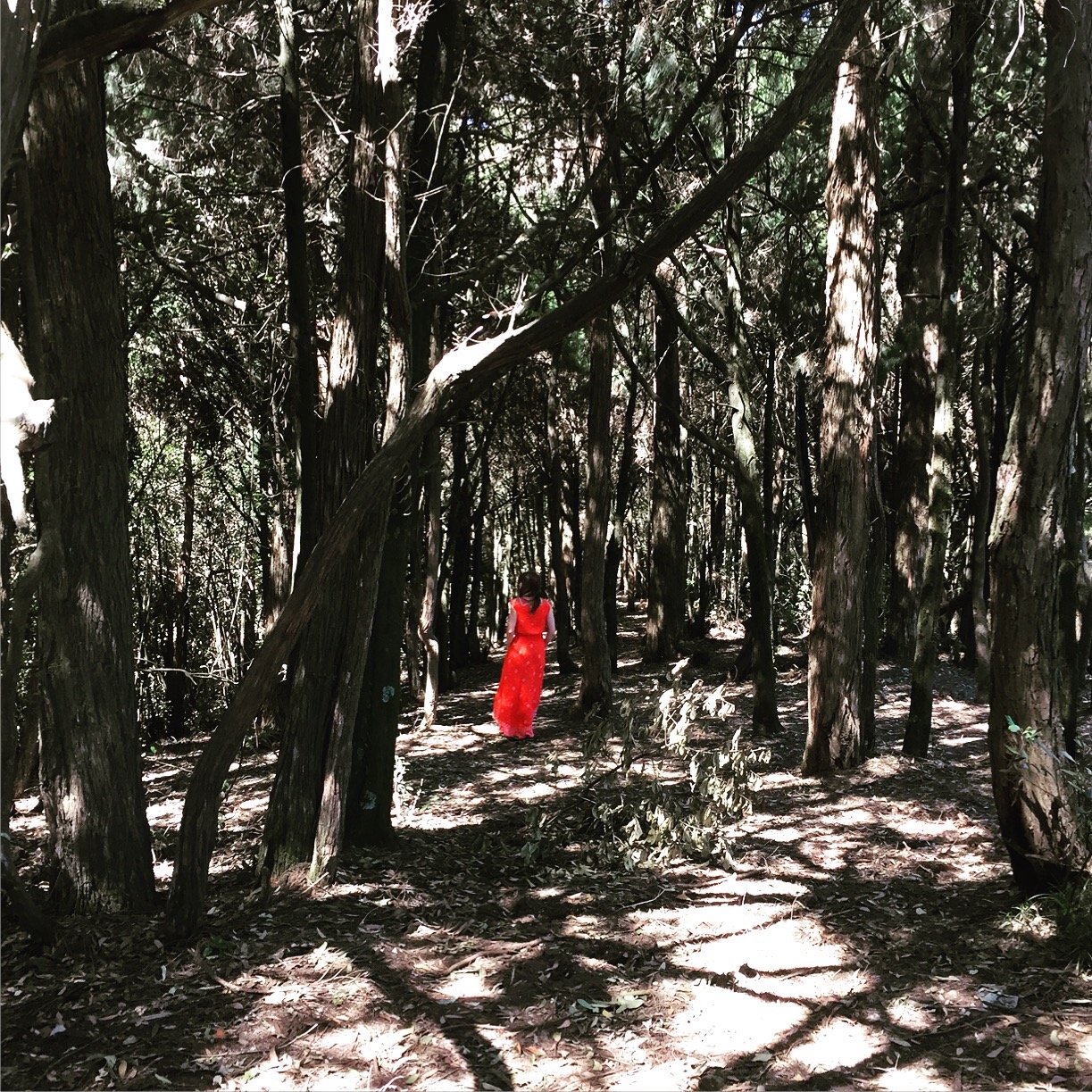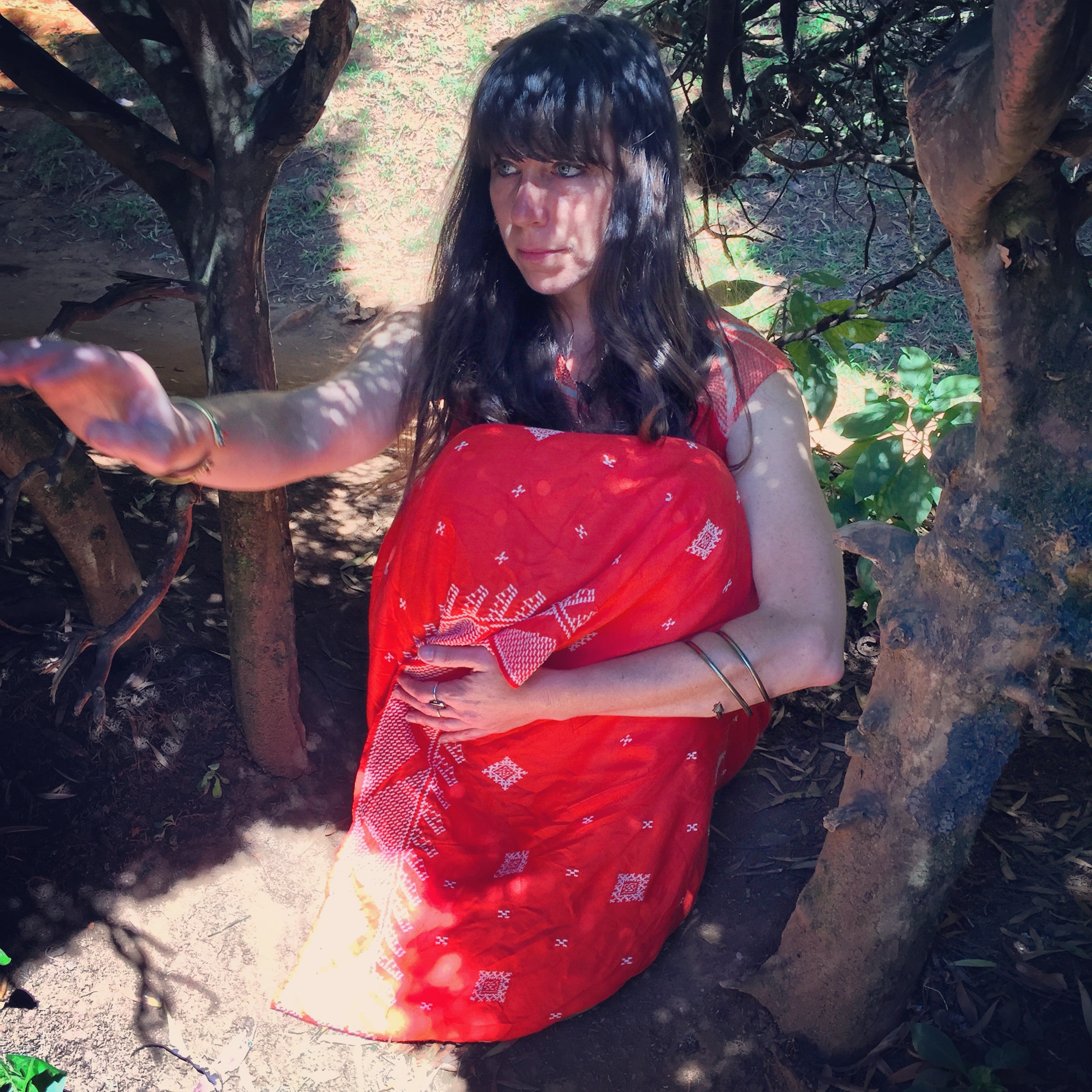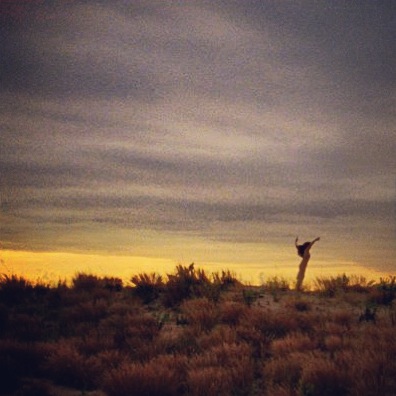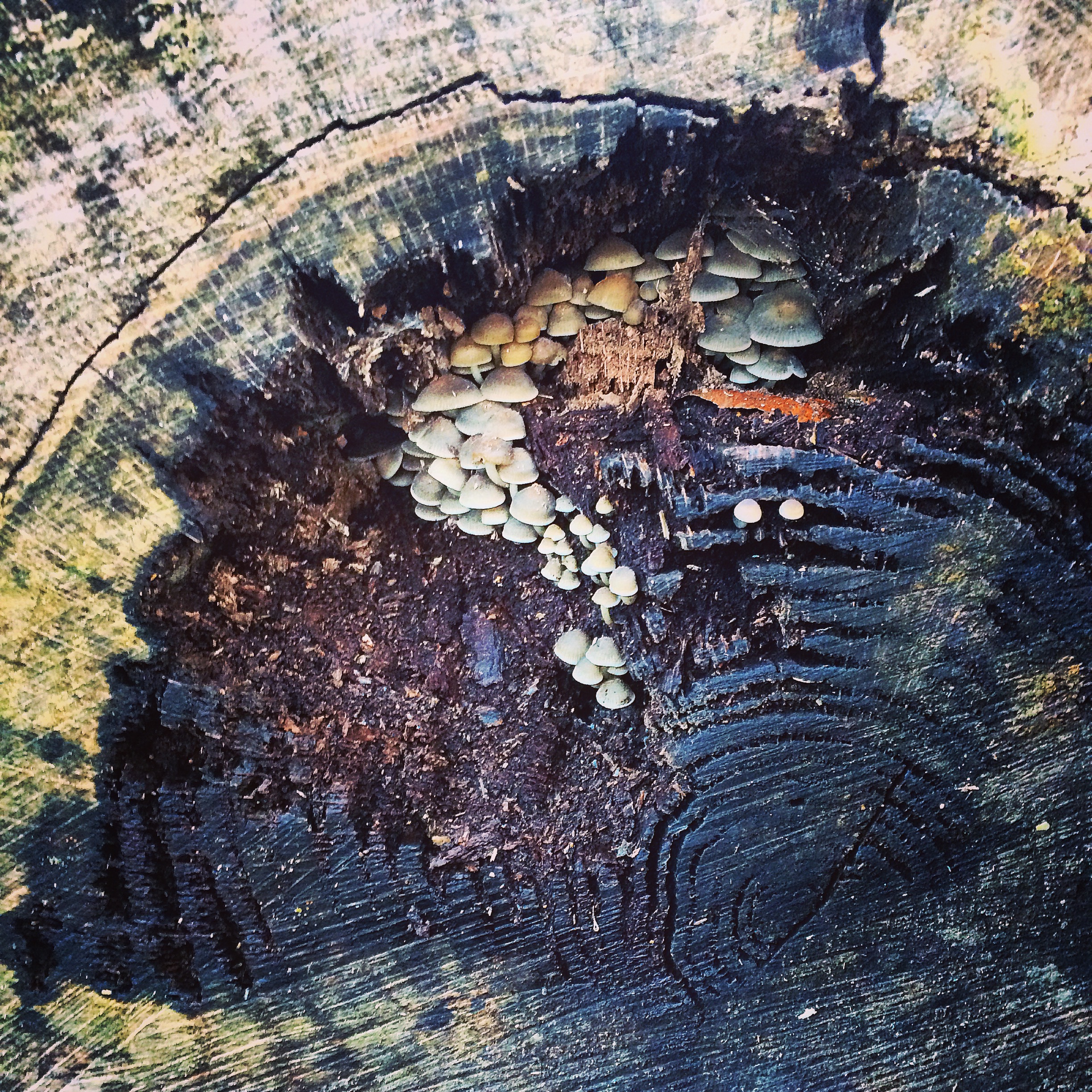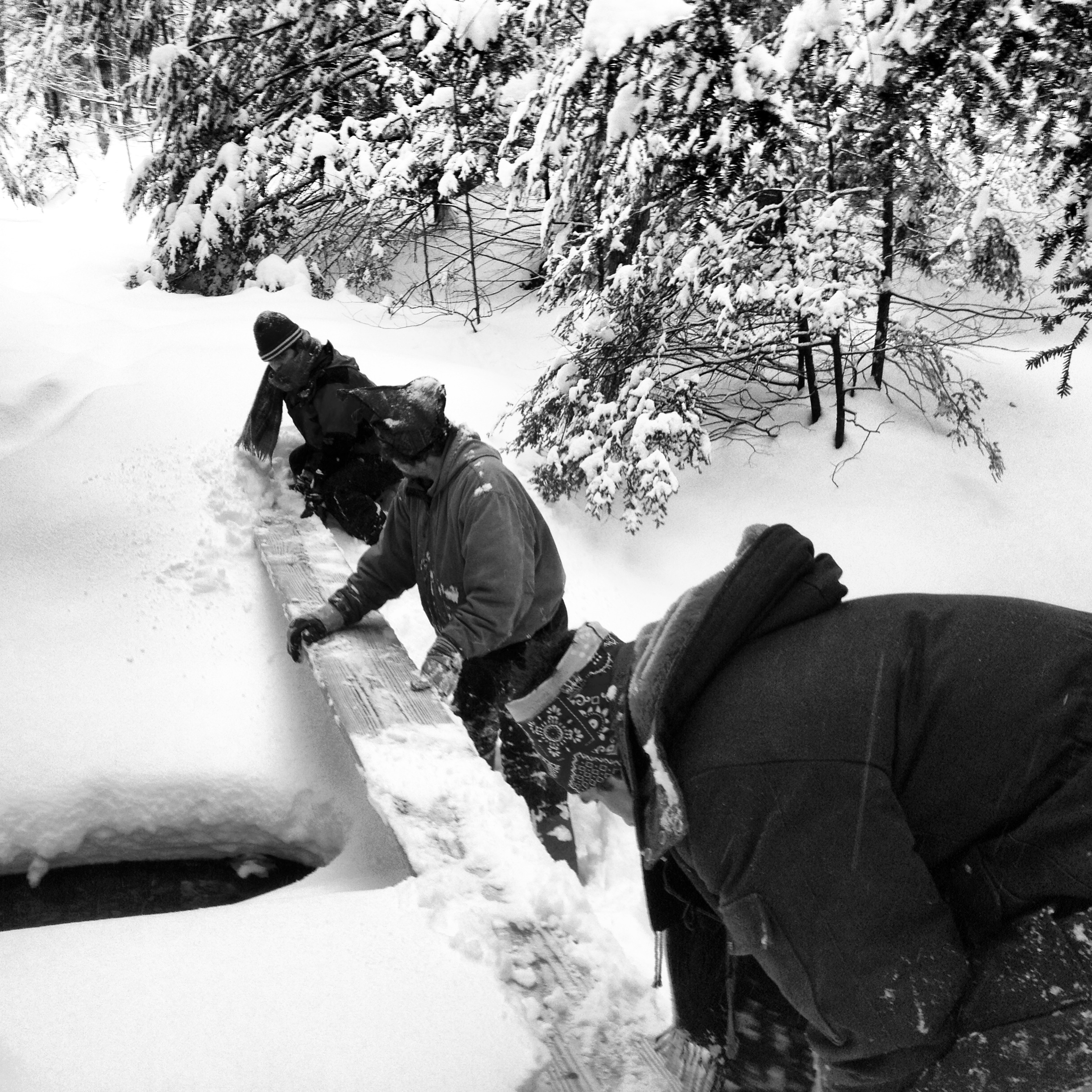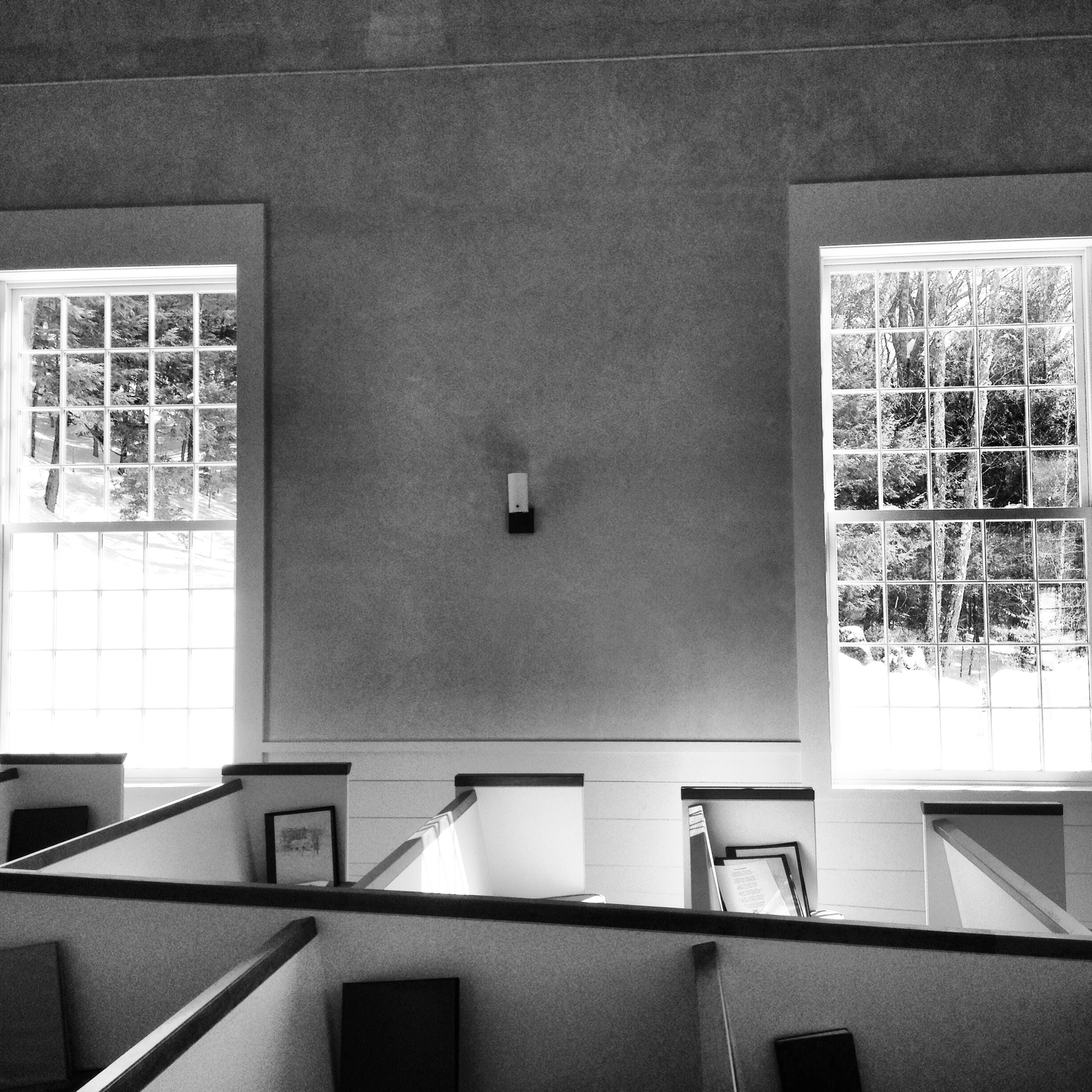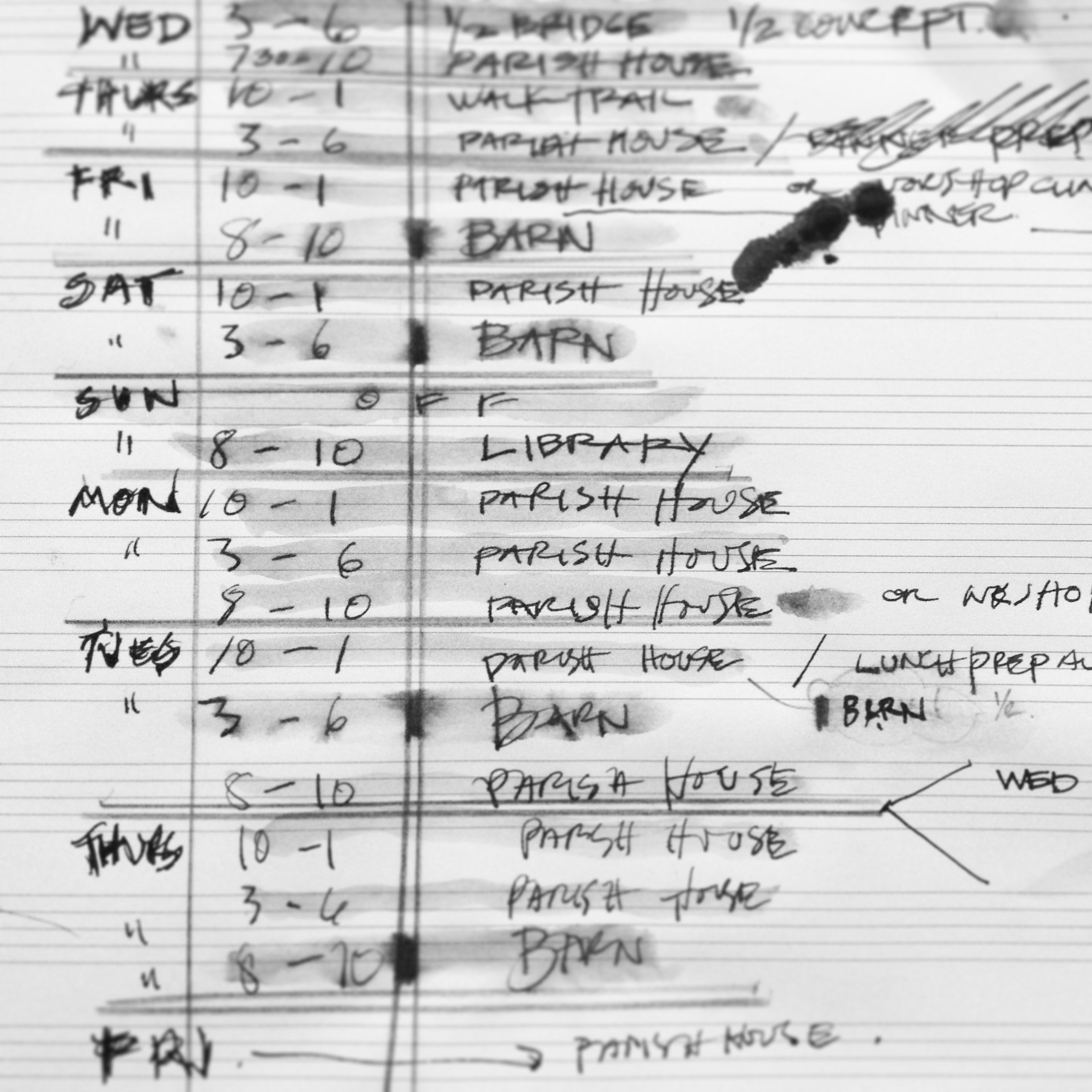Dance of Kriyas
One of the many reasons why I connect so deeply to the Yogic stream of wisdom is that it is the science of human awakening which crosses all cultural boundaries and experiences. It is a set of techniques and a journey-map to help us understand the experiences that happen to all human beings when consciousness begins to expand and awaken in the body, and this has no religion attached to it. It goes beyond names and forms within our limited cultural understanding and moves to the root of human experience as we transmute suffering into ecstasy, pain into bliss. As Swami Satchidananda said so beautifully, truth is one, paths are many.
These experiences then are not limited to only those people who have knowledge about what is happening to them when energy truly awakens in the body. From a yogic perspective, this is a natural evolutionary experience, and one can call it whatever they want. From a tantric perspective, ultimately the movement of this energy naturally prepares us for the sacred awakening of Kundalini Shakti as she begins her assent towards Shiva and their beloved communion in the physical form, which awaits everyone. This experience is also very much understood, honored, and spoken of as an embodied experience in Tantra, and this is why I connect deeply to this lineage. From this perspective, the movement of energy in the body creates experiences within the physical form that are inevitable. Though these experiences are said to be unique to each human being, and reflect their own life history, samskaras, karma, and journey, they also have their universal correlation. Transformation is an embodied action.
From a yogic perspective, prana or energy has innate intelligence. Prana moves where she needs to go. Where we get into trouble is that often we do not allow for that movement. We are not encouraged to allow for it, and as a result, we end up impeding or blocking ourselves, interrupting our own expansion.
As a dancer, I have been deeply committed for many years to the practice of dance improvisation. I believe in its transformative power both for witness and mover, though it is often seen as a lesser form and subjugated to choreography in our culture, or the controlled setting of particular movements in time and space that are more tightly knit. Choreography is often meant to elicit a particular experience or response in the witness, over and over again. Improvisation often blows that field of experience wide open, for better or worse. This can be extremely uncomfortable for many people.
Improvisation is much more widely respected and understood within music, and especially within eastern forms of music. It is understood as the unfoldment of energy, that there is a life force that moves within us that contains within it it’s own great mystery, wisdom and profound intelligence, and that all we need to do is get out of our own way to allow that energy to move. This is the dance of improvisation that I am so deeply invested in as a dance artist.
There is a term in yoga that can be applied to the natural enfoldment of this energy. This term we call kriya. Kriya in yoga has several different related definitions. The way in which I am using it here is in the sense of a movement of spontaneous energy, which is a purification. There are certain yogic techniques that we call kriyas, which are meant to cleanse the energy channels of the body (nadis) and burn out our toxins, limiting belief systems, karmas, and negative samskaras (deep-seated impressions which can create habit and addiction). But kriyas also happen spontaneously.
I imagine that for those great beings who, ages ago, contributed to and created the set of techniques that we now call kriyas, that these movements were in fact spontaneous actions, as they felt the natural fluctuation of prana through the body and allowed for the purifications to take place, and the removal of darkness in all its forms. I imagine these spontaneous experiences of the movement of energy were then codified into a technique. This is most often how any technique is born: the experience happens, and then there is a reverse engineering process where we retrace the steps to understand what gave rise to that particular expression. These great beings allowed for the natural enfoldment of that process, which then gave birth to their own awakening. They were able to codify that process for the benefit of all, so that we might expedite the awakening that awaits each of us.
It dawned on me one day that I needed to connect my intellectual understanding of what I was experiencing on a somatic and energetic level while improvising, and the yogic concept of kriya. There are many different techniques in improvisation and I have immersed myself in knowing them: how we relate to time, space, weight, repetition, phrasing, feeling, sensing, thinking, intuiting. But for me, once those tools were fundamentally learned and I began to embody them, I felt the improvisation was left dry and stale unless I did one thing: let go and trust - ride the wave – to be the dance.
I had this instinct to let go always. But I was eager to learn the practices, to know the ground that would hold me. Once I felt free enough, then all those techniques began to fall away in support of the dance, and the one great mystical experience of the movement of the innate intelligence of prana through the body. This became the improvisation.
And then, my dancing began to have deeper life as it expressed the movement of these root energies. The stories held within the body, the histories both lived and ancestral, the experiences that have marked me, the unfolding karmas, these naturally came and surfaced and presented themselves as unfurling mythologies whose constellations were in a beautiful and intricate fluctuation that my logical mind could have no complete grasp of. And, as these stories and mythologies unfolded, my job as improviser and performer was to witness and honor their conscious arrival in the sky of my own awareness, and to hold them in a sacred light. In the fire of that light, all the suffering becomes ecstasy; all the pain dissolves itself into bliss. These are the buried seeds of our life and experience - all that holds us back and propels us forward. This is the natural experience of kriya, the spontaneous movement of energy expressing itself in the dance.
This spontaneous experience of kriya can also be felt within asana, or the physical postures of yoga. But within the western paradigm, we favor the form over the formless, choreography over improvisation, set posture over the spontaneous experience of embodied presence. The way posture is taught is extremely controlled and goal oriented, like a choreography itself. With such an emphasis on physical control of the body, it is nearly impossible to allow for the natural expression of kriya to unfold, in my experience. This I find so ironic, because the postures can be thought of as kriyas themselves. These postures are expressions of the movements of energy through the annamayakosha or physical form. They are ultimately meant to open up the nadi pathways and to allow the energy to flow more freely.
This energy has it’s own intelligence. We can only physically, somatically, cultivate the ground in our own embodied consciousness for the movement to naturally occur towards expansion, rather then contraction. We can think about these practices as the code, but they are not the experience of the yoga itself. They are a road map towards union, and only that. And so, with our tight clamp on experience and the chiseled postures we so admire – we often lock down that energy, or redirect it unknowingly - and are lost to the experience of the rippling effects of the divine pulsing through us. That divine energy wants us to unfold it into bliss. And yet, we lock her down and rein her in. Perhaps we are deeply afraid of her. Perhaps we are afraid of the loss of control, and what that might mean for us within the rational order of our lives. And so we hold tight to our road map, to our techniques, to the look of it, often sacrificing the actual experience of bliss as these deeper energies begin to unfurl and rise up in waves.
I am not at all saying that these techniques should not be followed, that these roadmaps should not be studied. But, if we were to allow in our western minds for a little more freedom in all ways, more softness and suppleness in the body, more emphasis on feeling rather then look, more natural expression of these movements and these kriyas, if we were to let the reins go just a little bit more, then we might find that the experience of yoga happens to us. We are riding the wave, feeling the movement. We could experience it much like a dance improvisation, or even the dance of Shiva, where we sense, feel and become one with the energy rising up as we witness the creation and destruction of the worlds within worlds, and honor her enfoldment into truth, knowledge, and bliss.
OM NAMAH SHIVAYA
